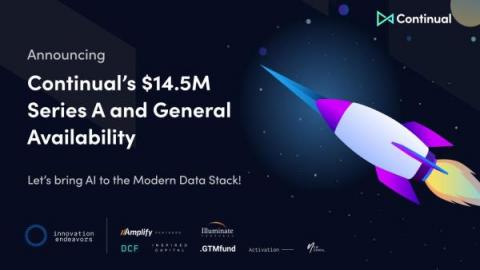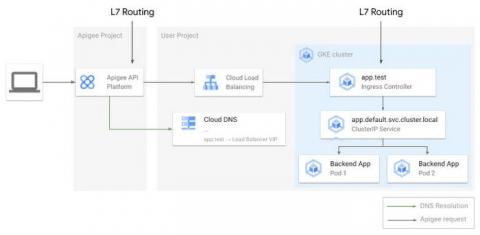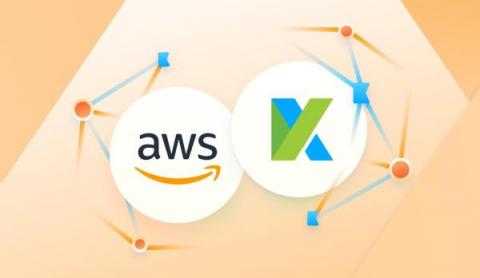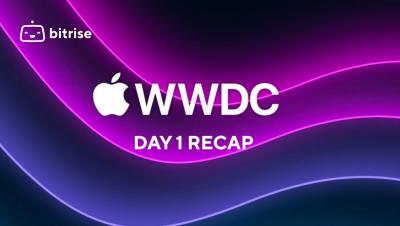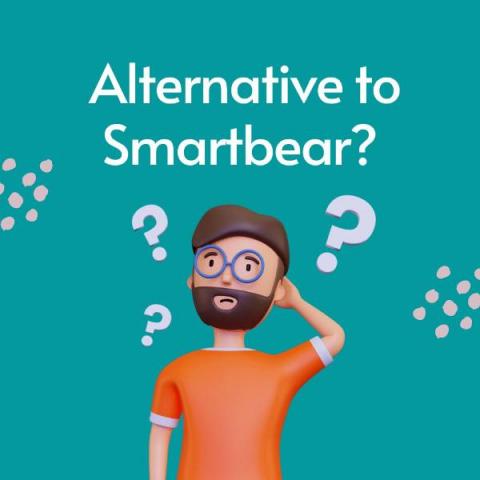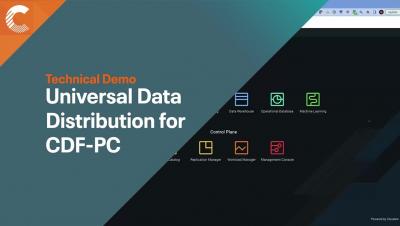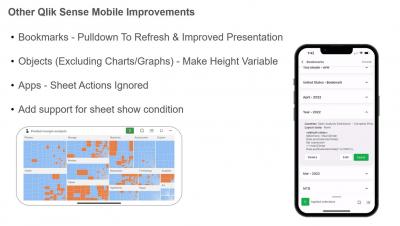Continual's $14.5M Series A and General Availability
Today, we’re excited to announce the general availability of Continual, the missing AI layer for the modern data stack. We’ve also raised a $14.5M Series A, led by Innovation Endeavors and joined by Amplify Partners, Illuminate Ventures, Inspired Capital, Data Community Fund, Activation, New Normal, GTMfund, and angels Tomer Shiran, the founder of Dremio, and Tristan Handy, the founder of dbt Labs.


